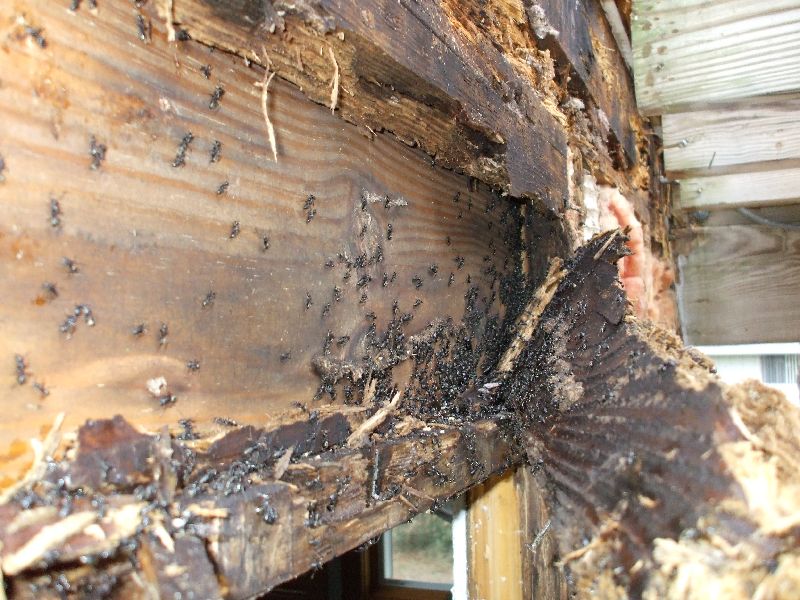
Flooded Basement: Dry it out fast and right.

When you have a flooded basement, no matter what the cause—a super storm like Sandy in 2012, floods like in Colorado during 2013, or the more usual and all-too-common burst washing machine hose, ruptured ice maker line or frozen pipes—the key to keeping your home healthy is to dry it out. Before mold and mildew have a chance to start growing.
In many cases getting the lion’s share of water out of a flooded basement can be as simple as sweeping standing water with a push broom into a sump-pump hole and letting the pump eject it from the building. I’ve also used a wet-dry vac to suck water up that I dumped outdoors or down a utility sink drain. Bigger, more catastrophic floods—say, a sewer line back up or flood—may contain toxins like bacteria or chemicals from outside the home. Eliminating the water may require anything from pool pumps to a professional service.
If you’re not sure about what’s in the water, a professional service will have all the fans and air movers necessary for fast dry-outs of a flooded basement and they’ll have protective equipment as well.
But if you’ve got consistently wet floors or walls—often the case in old homes, homes near water like a stream, homes where there’s a high water table, and homes with crawl spaces—you’ve got a flood of a different order. It’s more like a slow leak that can wreak long term havoc on your health and stuff.
If the relative humidity stays at 60% or higher, you’ve got a situation where wood can start rotting and mold, mildew, must and muck can take over.
The key—whether you’re talking flooded basement from storm or sewage or from a slow leak—is to keep the space dry using a system-built dehumidifier. One that runs quietly, powerfully, and huuuuugely important in a flooded basement clean-up, has multiple stage air filtration like the Santa Fe dehumidifier we have. This is especially important in crawl spaces where dirt, moisture and framing lumber are within a few feet of each other.
Dry and humidify.





[…] door. It will eventually move to the rest of your home, carrying odors, contributing to poor indoor air quality and making it uncomfortable for your family. Studies show that as much as 50 percent of the air in […]